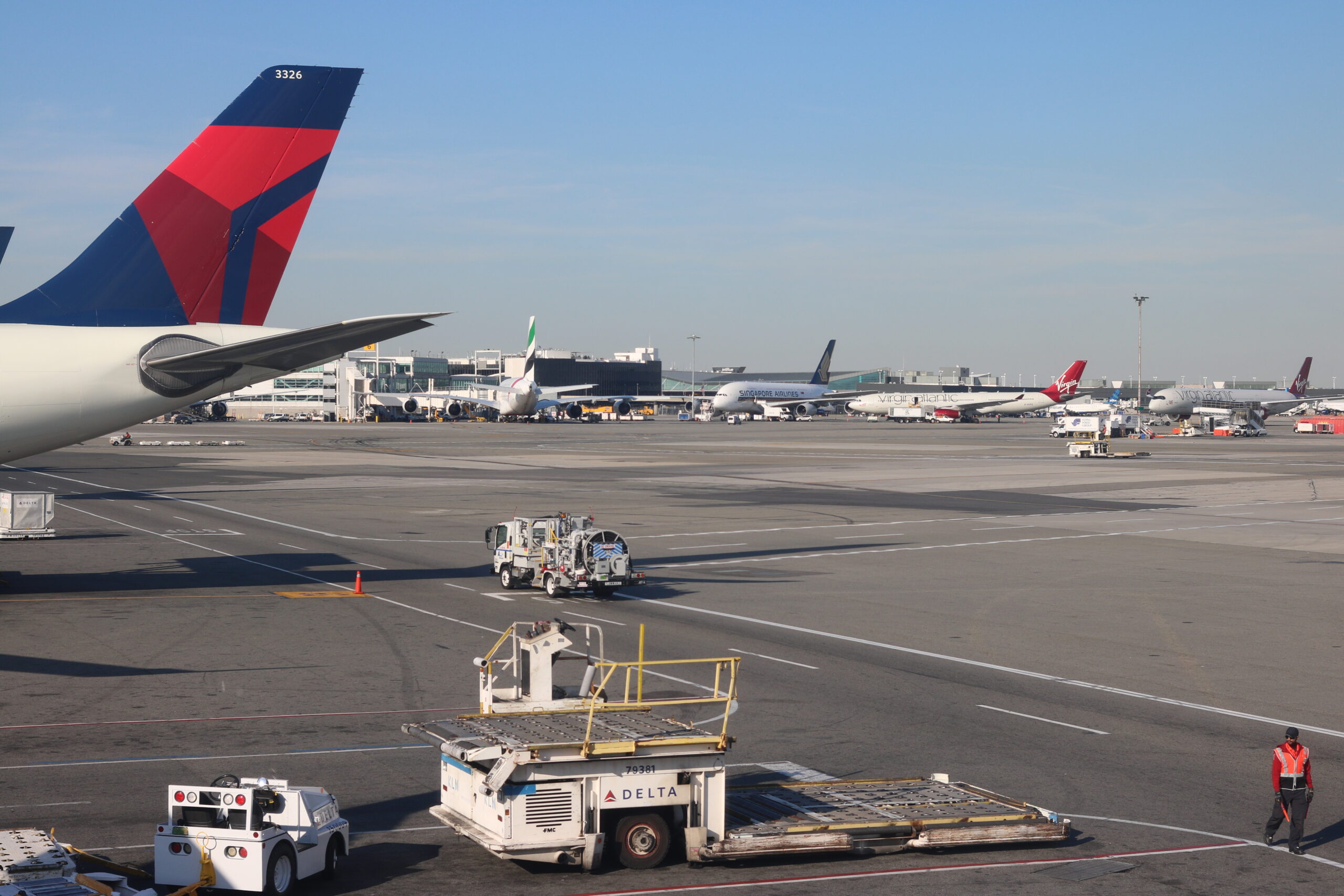Every time I look at the aviation sector, I’m reminded how strange it is that an industry responsible for moving hundreds of millions of people and trillions in global trade still operates with so many fragmented digital identities and scattered information ecosystems. Airports today are far more than runways and terminals — they are complex data-driven infrastructure hubs tied to security systems, sustainability goals, passenger experience platforms, concession retail, autonomous mobility, and real-time logistics. And as post-pandemic modernization accelerates, one thing has become clear: aviation is entering a race toward smarter digital standardization.
This is what makes AirportResources.com such an interesting strategic domain. The name is clean, authoritative, and instantly positioned. It doesn’t need explanation. It sounds like something that should already exist — a central hub where aviation suppliers, technology vendors, regulatory frameworks, training programs, and operational best practices live. The keyword pairing is both literal and expansive. It can represent a marketplace. A knowledge platform. A vendor directory. A SaaS onboarding channel. Even a procurement gateway for ground handling systems, cybersecurity tools, AI-powered airport management software, autonomous baggage robotics, and biometrics-based passenger flow solutions. The market is large, and the domain fits the way airports actually think: operational, catalog-driven, and standardized.

What makes this moment even more compelling is the timing. With the ongoing civil aviation crisis in the U.S. triggered by the government shutdown, the fragility of airport operations has never been more visible. Delays, understaffed control towers, halted hiring pipelines, stalled safety inspections — all of it exposes just how scattered and outdated the industry’s operational infrastructure still is. The chaos isn’t just a logistical breakdown; it’s a spotlight on the absence of centralized knowledge, standardized vendor ecosystems, and unified operational frameworks. In moments like these, a platform or identity like AirportResources.com doesn’t just feel useful — it feels inevitable, almost like the missing layer the industry now realizes it needs.
If you zoom out and look at the numbers, the timing is compelling. Global airport modernization investments are forecast to reach well over $500 billion over the next decade, fueled by automation, sustainability targets, and rising passenger throughput. Everything from self-service boarding gates to AI video analytics, to noise monitoring compliance platforms is becoming part of the new airport technology stack. Yet despite enormous spending, the information layer remains siloed. Vendors struggle for visibility. Airport administrators search across dozens of unrelated sources. Procurement cycles are long, inefficient, and often dominated by outdated networks rather than merit-driven choice.
A domain like AirportResources.com has the potential to sit exactly at that intersection — where the industry needs structure, navigation, and clarity. The kind of positioning where a simple name becomes a category-defining platform.
For an aviation consultancy, it becomes a lead engine.
For a software company, it becomes a trust signal.
For an airport authority, it becomes a brand with authority before a single page loads.
Digital assets like this aren’t just names — they’re alignment points with emerging demand curves. And as aviation shifts further toward automation, AI-driven workflows, sustainability reporting, passenger experience optimization, and real-time operational intelligence, ownership of a clean, intuitive identity becomes a strategic advantage rather than a branding luxury.
AirportResources.com is available for acquisition.
Serious interest may inquire.
Email: [email protected].